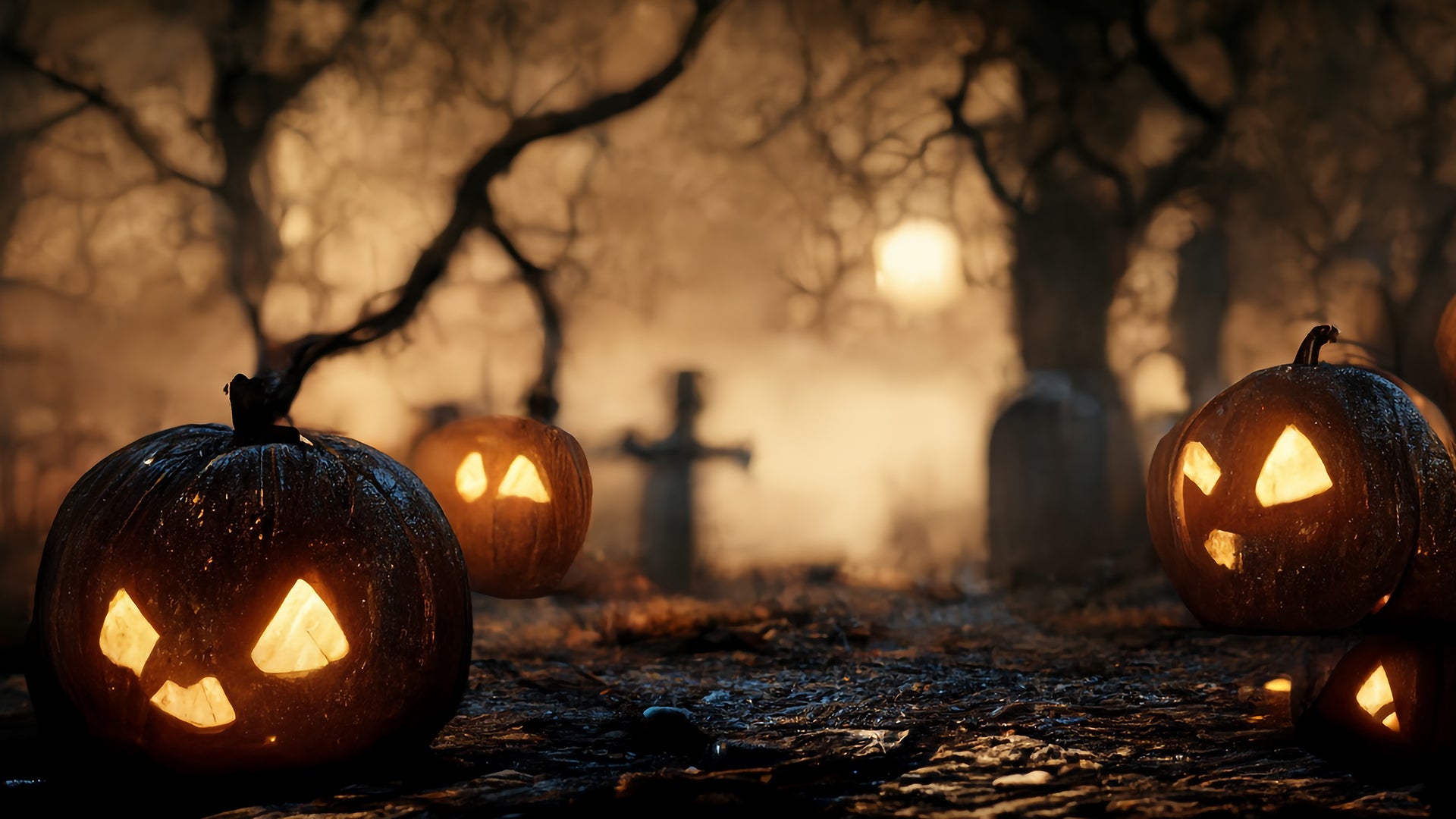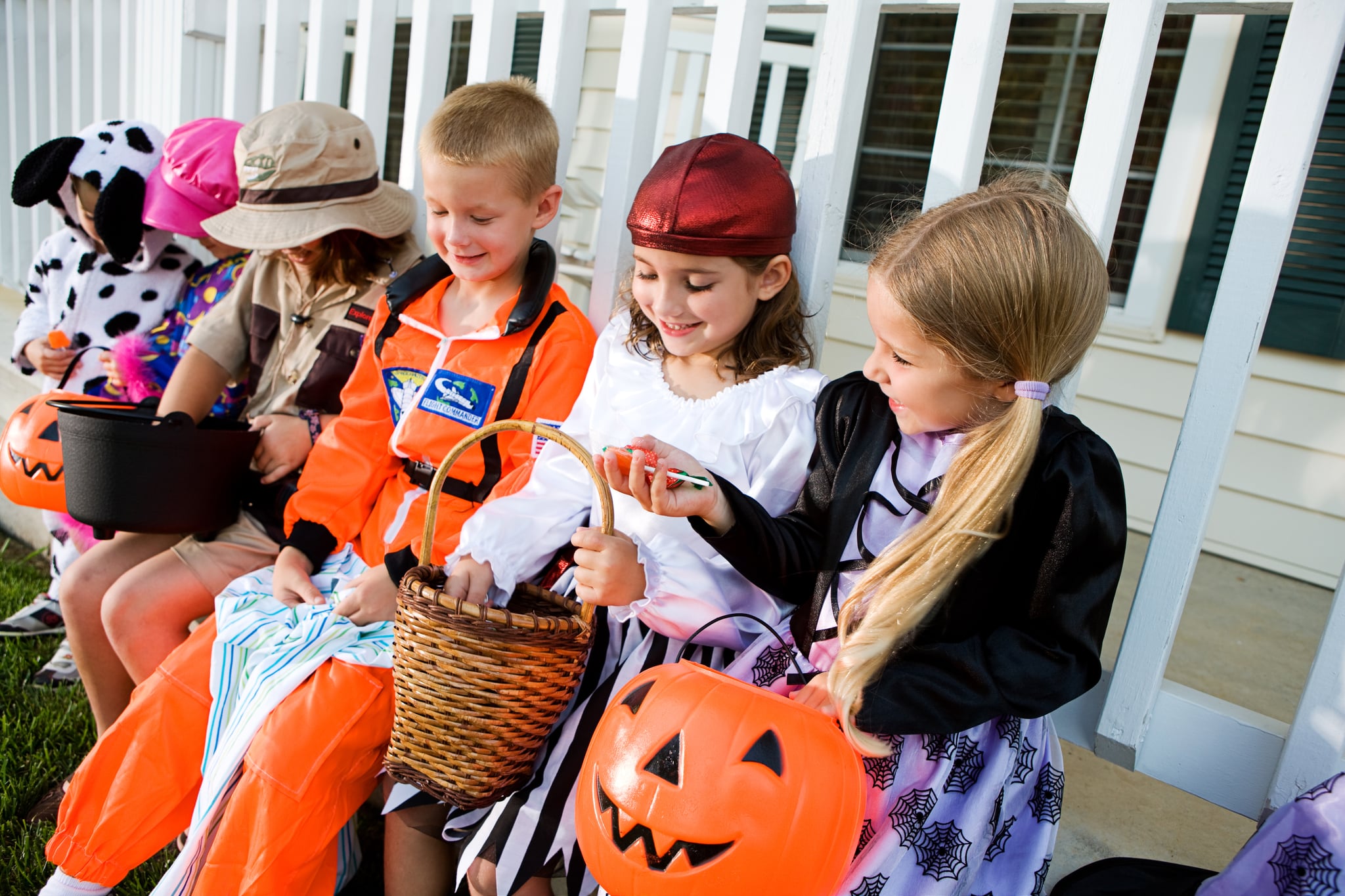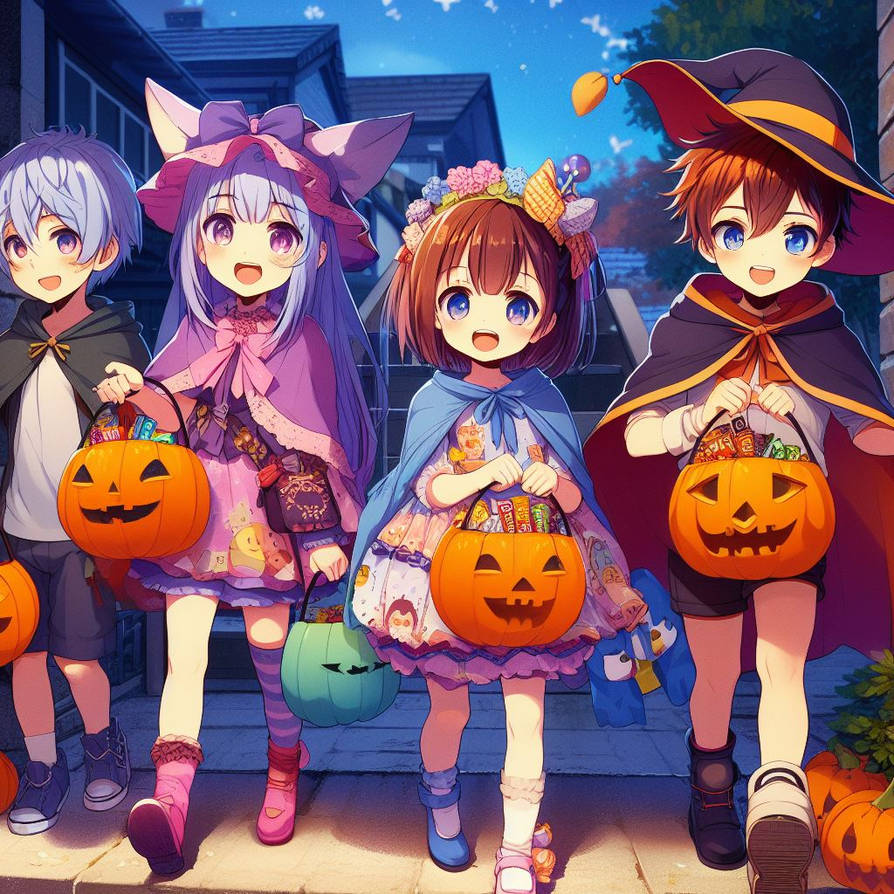Trick or treat! Children and their parents trick-or-treating for Halloween. This phrase echoes through neighborhoods across the United States on October 31, marking the start of a beloved tradition that has evolved over centuries. Known as “Trick Or Treat Street,” this custom involves children dressing up in costumes and going door-to-door to collect candy and treats from their neighbors. While it may seem like a simple activity, the history behind “Trick Or Treat Street” is rich and fascinating.
The Origins of Trick or Treating
The roots of trick or treating can be traced back to ancient Celtic festivals, particularly Samhain, which was celebrated around October 31st. During Samhain, the Celts believed that the boundary between the living and the dead became blurred, allowing spirits to roam the earth. To appease these wandering souls, people would leave out food offerings and light bonfires. Additionally, the tradition of wearing costumes emerged as a means to disguise oneself from malevolent spirits, a practice that laid the groundwork for the modern-day custom of dressing up on Halloween.
As the Roman Catholic Church moved All Saints’ Day to November 1, the evening before became known as “Halloween.” By the end of the Middle Ages, the secular and sacred days had merged, and guising evolved into “souling,” the first precursor of trick-or-treating. Poor people, especially children, would go door-to-door on the night of October 31 and offer to pray for the souls of people’s loved ones in exchange for money or food.
The Evolution of Trick Or Treat Street
While the origins of trick or treating are ancient, the practice gained significant popularity in the United States during the 1920s. As urbanization increased, communities began to embrace Halloween as a festive occasion, leading to organized neighborhood parties and events. Trick or treating emerged as a convenient way to celebrate, allowing children to enjoy the thrill of dressing up and collecting treats from their neighbors. This newfound enthusiasm for Halloween marked a pivotal shift, transforming it from a somber observance into a joyful community celebration.
The phrase “trick or treat” became popularized in the 1950s, although its exact origin is still debated among historians. It is believed that the phrase was first used in print in a 1951 issue of a Canadian newspaper, where it described children going door-to-door for Halloween. The phrase encapsulates the playful spirit of the tradition, with “trick” implying a harmless prank if no treat is given. This catchy slogan quickly caught on and became a staple of Halloween festivities, further solidifying the custom’s place in American culture.
Trick Or Treat Street Today
Today, trick or treating is a cherished Halloween tradition that delights children and adults alike. As the leaves change color and the nights grow longer, the streets come alive with costumed children eagerly seeking candy and treats from their neighbors. This festive practice is steeped in history and cultural significance.
Over 70% of Americans participate in trick or treating, making it one of the most popular Halloween activities in the country. This widespread engagement highlights the enduring appeal of the tradition among families and communities. According to surveys, parents often accompany their children, fostering a sense of togetherness and community spirit. The excitement of planning costumes, decorating homes, and preparing candy creates a festive atmosphere that unites neighborhoods during the holiday season.
Safety Tips for Trick Or Treat Street
While trick or treating is a fun and exciting activity, it is important to prioritize safety. The American Red Cross offers tips for all ages on how to have a great Halloween and stay safe while doing so.
Costume Safety
– Use face makeup instead of masks.
– Add reflective tape to costumes and trick-or-treat bags. If possible, have everyone wear light-colored clothing.
– Use flame-resistant costumes and wigs.
– Avoid using long trailing fabric to prevent tripping and falling.
– Avoid using decorative contact lenses to avoid problems with your eyes.
– If carving pumpkins, don’t use candles to light them. Instead, try battery-operated lights or glow sticks.
Trick or Treat Safety
– Have your trick or treaters walk only on sidewalks, not in the street. If there are no sidewalks, walk at the edge of the roadway, facing traffic.
– Look both ways before crossing the street, and cross only at the corner. Don’t cross between parked cars, and don’t cut across yards or use alleys.
– Drivers should use extra caution as youngsters may forget to look both ways before crossing. As the sun goes down, watch for children in dark clothing.
– Give trick-or-treaters a flashlight to light their way.
– A parent or responsible adult should accompany young children door-to-door.
– If older children are going alone, plan their route. Set a specific time they should return home. Teach them to only visit homes that have a porch light on, to accept treats at the door and never go inside.
– Be cautious around animals, especially dogs.
– Walk, don’t run.
– Check all goodies before the kids dig in. Make sure to remove loose candy, open packages and remove any choking hazards. Discard any items with brand names that you are not familiar with.
– If you are planning to welcome trick-or-treaters to your home, light the area well and sweep leaves from your sidewalks and steps. Clear obstacles someone could trip over.
Adult Halloween Safety
– The number of alcohol-related traffic incidents jumps around Halloween ─ in fact, many Halloween deaths can be linked to drivers who are impaired.
– If you are hosting a party, collect car keys from guests who are drinking. Provide non-alcoholic options. Have a plan to make sure guests get home safely – ride-sharing, taxis or, if you haven’t been drinking, drive guests home yourself.
– If drinking is part of your plans, choose a designated driver or plan how you will get home without getting behind the wheel. Is it possible to stay overnight?
Your Pets and Halloween
– If you are going to welcome trick-or-treaters or host a party, keep your pets in a separate area away from the festivities.
Cultural Significance of Trick Or Treat Street
Trick or treating is more than just a fun activity for children; it is a tradition steeped in history, culture, and community bonding. As we celebrate Halloween each year, understanding the origins and evolution of this practice enhances our appreciation for the festive spirit that unites us all. Whether donning elaborate costumes or indulging in sugary treats, trick or treating continues to captivate hearts and minds across generations.
In some countries, children dress up as saints or angels, reflecting local customs and religious beliefs. For example, in Mexico’s Día de los Muertos (Day of the Dead), children honor deceased loved ones by donning costumes that celebrate their lives. This variation highlights the diverse cultural meanings associated with the Halloween season, transcending mere candy collection.
The Economic Impact of Trick Or Treat Street
Halloween has become a significant commercial holiday in the United States, ranking as the second largest holiday in terms of consumer spending, just behind Christmas. In recent years, Americans have spent billions of dollars on costumes, decorations, and candy, reflecting the holiday’s growing importance in the consumer landscape. Retailers capitalize on the excitement of Halloween with extensive marketing campaigns, making it a critical season for sales. This economic impact further reinforces Halloween’s status as a beloved cultural event.
Candy corn, a quintessential Halloween treat, was first created in the late 1800s by George Renninger of the Wunderlee Candy Company. Originally called “chicken feed,” these colorful, triangular candies were designed to resemble corn kernels. Their unique tri-color design, consisting of yellow, orange, and white, quickly gained popularity, and they became a staple of Halloween festivities. Today, candy corn continues to divide opinions among candy enthusiasts, but its longstanding association with Halloween is undeniable.
Conclusion
Trick or treating is a tradition that has stood the test of time, evolving from ancient rituals to a beloved American custom. As we continue to celebrate Halloween each year, it is essential to remember the history and cultural significance behind this cherished practice. Whether you’re a child excitedly knocking on doors or an adult enjoying the festivities, trick or treating brings people together in a spirit of fun and community. So, grab your costume, gather your treats, and enjoy the magic of Halloween on Trick Or Treat Street.














More Stories
How to Unscramble the Word ‘Rehlba’ and Find Its Meaning
US Trending News: The Fascinating World of Songbirds
How to Remove Hair From a NYT Crossword: A Step-by-Step Guide